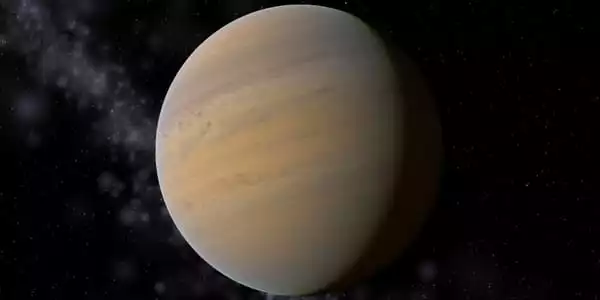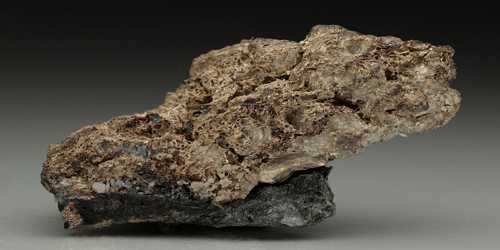The extrasolar Jovian planet 23 Librae b (23 Lib b), also known as HD 134987 b, was discovered in November 1999 orbiting the star 23 Librae. It orbits in the habitable zone of its star. 23 Librae is a star in the zodiac constellation Libra that can be seen from the majority of the Earth’s surface. With an apparent visual magnitude of 6.45, seeing this star with the naked eye necessitates dark skies and good seeing conditions. It has two confirmed extrasolar planets in its planetary system.
23 Librae b is an extrasolar Jovian planet discovered in November 1999 orbiting the star 23 Librae. It is located in the constellation Libra 85.5 light-years away.
23 Librae b is an exoplanet located 85.5 light-years (26.2 parsecs) away in the constellation Libra. It was one of the first exoplanets discovered, discovered in November 1999, and another planet has been confirmed in its system (23 Librae c). Its exact mass is unknown, but it has a minimum mass of approximately 1.59 times that of Jupiter. Its radius, like that of many other exoplanets discovered by Doppler spectroscopy (Radial velocity), is unknown, but its temperature is (to a certain extent). It is most likely in the 0-100°C range, preferably on the lower end.

As of 1999, the planet’s mass was estimated to be at least 1.5 times that of Jupiter. The planet orbits 23 Librae at a distance of 0.82 AU, which is halfway between Venus and Earth in the Solar System. This orbit would take nearly a year and a half (258 days) to complete. While subsequent astrometric analysis suggested that planet b could have up to 34 times the mass of Jupiter and an inclination of 2.7 degrees from Earth’s line of sight, this appears to have been refuted by further radial-velocity analysis.
With an estimated 107 percent of the Sun’s mass and 125 percent of the Sun’s radius, 23 Librae is slightly larger than the Sun. The abundance of elements other than hydrogen and helium, referred to by astronomers as the star’s metallicity is greater than that of the Sun. The projected rotational velocity of 2.2 kms1 gives a lower bound to the actual azimuthal velocity along the equator.
23 Librae is a main-sequence star in the Libra constellation. The visual magnitude of 23 Librae is 6.45. Because of its relative faintness, 23 Librae should be visible only from locations with dark skies, and it should be invisible from light-polluted skies.
















